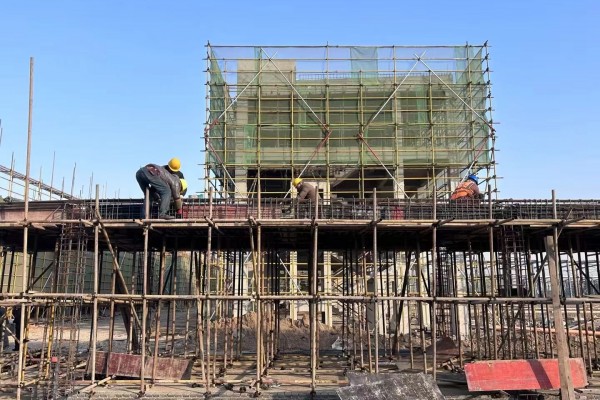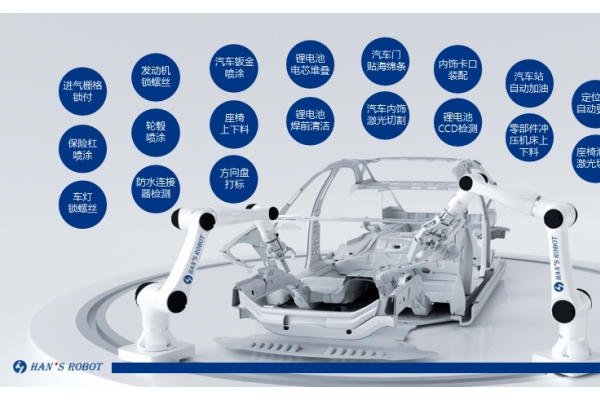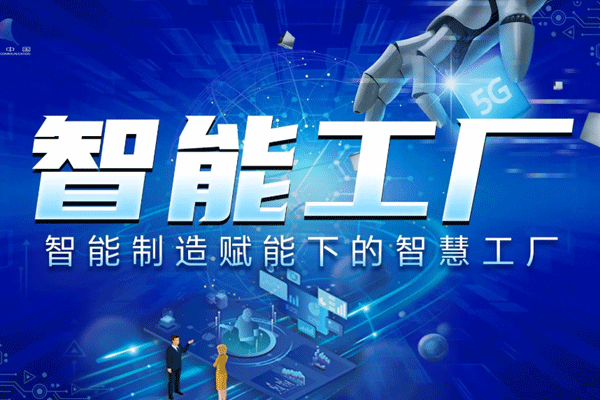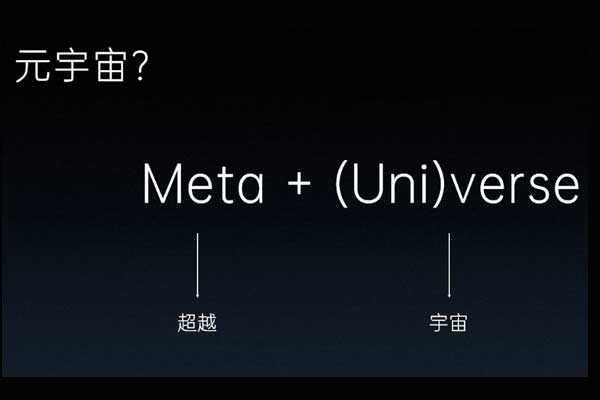http://www.gkzhan.com/st11515/article_9584.html Abstract: This article introduces the basic electricity isolation sensor principle.
Key words: power isolation sensor / transmitters, control systems, anti-jamming technology
I. Overview
Electricity isolation sensor / transmitter is in the works for the electricity detection (monitoring), improve the overall anti-disturbance capacity, and developed a small volume, high-performance signal measurement components or modules.
Electricity isolation sensor / transmitters can be on the scene of the high current and high voltage, power, frequency, phase angle, electricity and so on, measuring parameters for isolation and transformation, can also be a variety of weak signal (such as Road Signal) Larger isolated and transform, their conditioning, transform into line with internationally accepted standards of voltage, current, frequency or transform analog signals into digital switching output signal of status. These outputs can and traditional instrumentation phase grounding pointer, and modern digital-controlled instruments, all a / d converter and the computer system with direct access, which could form an integral highly reliable detection of the industry (monitoring) Or control system.
Since electricity in isolation sensor applications, users do not need to do secondary development, high-voltage or current signal can directly access products, (through the terminal, pin input or perforated form input), can get the corresponding output signal. Therefore electricity isolation as a sensor signal conditioning, isolation and transformation features touch blocks, industrial control and data acquisition system more ideal transmitter products.
With the continuous development of science and technology, industrial control or detection (monitoring) system to the electricity requirements of the sensor isolation growing, especially in the stability of products, the accuracy and functionality.
Below the power of the working principle of separation sensor for a brief, for your consideration.
Second, electricity sensor basic working principle of separation
As electricity isolation sensor products be detected as is the current and voltage signals, so Below introduces current and voltage signal detection theory.
An exchange of signal detection theory
Ac signal is divided into AC voltage and current signals. Figure 1 for the exchange of current signal detection theory diagram, Figure 2 for AC voltage signal detection theory diagram, and pt ct from the signal isolation, the current piercing input methods for the terminal voltage cable input.
Figure 1 AC current signal block diagram of products
Figure 2 AC voltage signal block diagram of products
One, ct for the current transformer, pt for the voltage transformer, the output is generally 0 ~ 5 v or 4 ~ 20 ma.
2, DC signal detection theory
Figure 3 for the DC signal detection theory diagram
Sensor principle of separation of electricity Pro
Figure 3 Block diagram of DC signal products
DC signals into DC voltage and DC current, direct current resistance is generally through sampling, DC voltage buck the general resistance to deal with. Isolated from a power supply to the pre-amplifier, the common principle of separation of the two programmes, is a linear Optocoupler isolation technology, is using a modem technology.
Block diagram of the above can be seen, regardless of the exchange of signals or DC signals, input and output are completely isolated, in general, live input signals are high current and high voltage or small signals, such power can be isolated sensor signals to the scene Low-voltage and data acquisition system completely isolated, by the strong signal system to avoid the interference, thereby enhancing the reliability of the system.
3. Conclusion
More than a simple introduction to the basic electricity isolation sensor principle. As electricity more isolated sensor products, electricity isolation methods to achieve more sensors, the paper sensor principle of separation of power was brief. only the relevant reference, let us jointly promote the separation of electricity sensor technology development.










